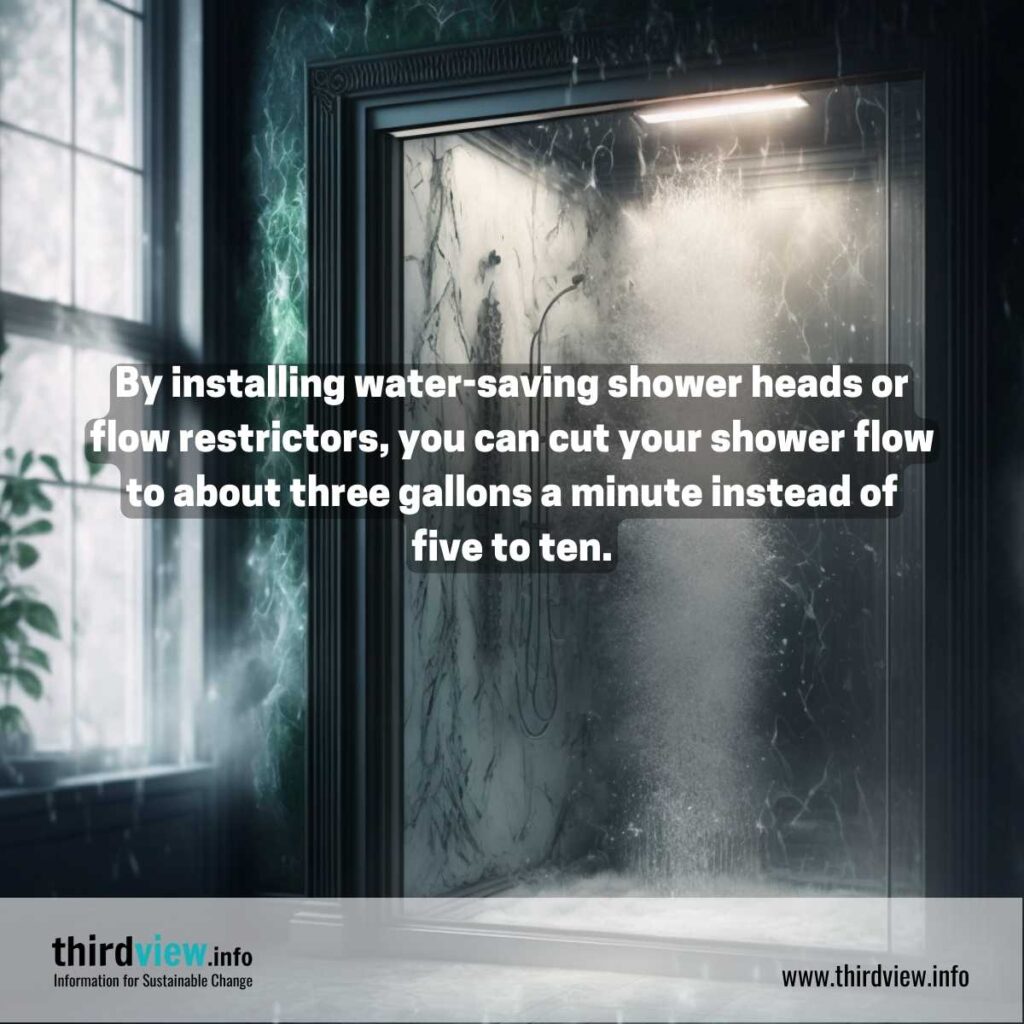The Facts About Reclaim Waste Uncovered
The Facts About Reclaim Waste Uncovered
Blog Article
Reclaim Waste Things To Know Before You Get This
Table of ContentsReclaim Waste Things To Know Before You BuyThe smart Trick of Reclaim Waste That Nobody is Talking AboutReclaim Waste Can Be Fun For AnyoneThe Of Reclaim WasteReclaim Waste Can Be Fun For Everyone
Discover the types, incidents, and forms of liquid waste. Residential sewer waste describes the waste and items from a property septic system. This kind of waste is created by people in homes, institutions, and other structures. This only includes septic containers that have a drainpipe area. The proper management and disposal of residential sewage waste need liquid waste to be transferred to a sewer therapy plant where the correct approaches and equipment are used to cleanse and deal with waste.
Commercial waste usually consists of prospective risks, such as flammable products or a mix of fluid and solid waste items, and calls for a much more sophisticated and in-depth disposal process. The disposal of commercial waste commonly involves the purification of waste prior to transportation to make certain secure and appropriate disposal. Hazardous waste is developed from results and drainage of industrial processes and manufacturing.
This kind of waste can not make use of the same sewer administration transport or procedures as septic or commercial fluids. The hazardous waste monitoring procedure requires the examination and testing of fluid waste prior to it undergoes the disposal procedure (liquid waste disposal). Drainage waste is the fluid waste that originates from overflow and excess stormwater in highly booming areas or cities
Overflow waste can cause contamination and flooding if not taken care of appropriately. Guaranteeing proper waste management can stop calamities and reduce ecological harm.
Reclaim Waste for Dummies
Call PROS Solutions today to find out concerning our waste monitoring and disposal services and the appropriate methods to take care of the liquid waste you create.
(https://www.pageorama.com/?p=reclaimwaste1)Do you know what takes place to your water when you draw the plug, purge the commode or drain the cleaning device? No? Well, it deserves knowing. This so-called 'wastewater' is not only a vital resource yet, after treatment, will be launched to our land, waterways or the ocean. Used water from toilets, showers, bathrooms, kitchen sinks, laundries and industrial procedures is known as wastewater.

water utilized to cool machinery or tidy plant and devices). Stormwater, a type of wastewater, is overflow that moves from agricultural and urban areas such as roofs, parks, gardens, roadways, paths and rain gutters into stormwater drains pipes, after rain. Stormwater flows without treatment directly to local creeks or rivers, ultimately reaching the ocean.
The Ultimate Guide To Reclaim Waste
In Queensland, a lot of wastewater is treated at sewer treatment plants. Wastewater is moved from domestic or industrial websites through a system of sewage systems and pump stations, recognized as sewerage reticulation, to a sewer treatment plant.
The Division of Natural Resources recommends local federal governments regarding managing, operating and keeping sewage systems and treatment plants. In unsewered locations, local federal governments might require homeowners to set up private or home sewage treatment systems to deal with domestic wastewater from toilets, cooking areas, shower rooms and laundries. The Department of Natural Resources authorizes the usage of home systems when they are confirmed to be reliable.
Many stormwater receives no treatment. In some brand-new subdivisions, therapy of some stormwater to remove clutter, sand and gravel has begun utilizing gross contaminant catches. Wastewater treatment happens in four phases: Removes strong matter. Larger solids, such as plastics and other things wrongly discharged to drains, are removed when wastewater is travelled through displays.
Uses tiny living microorganisms understands as micro-organisms to damage down and get rid of staying dissolved wastes and great fragments. Micro-organisms and wastes are incorporated in the sludge.
6 Easy Facts About Reclaim Waste Described
Nutrient removal is not offered at all sewage therapy plants because it needs costly specialised devices. It is becoming much more usual in Queensland. Clear liquid effluent generated after therapy may still consist of disease-causing micro-organisms. If this effluent is released into rivers such as rivers or the sea, the micro-organisms will at some point pass away out.

This generally indicates wastewater needs to be treated or contaminants removed prior to it can be discharged to waterways. Most wastewater moves right into the sewage system. Under the Act, city governments carry out authorizations and permits for environmentally relevant activities (Periods) involving wastewater launches that might have a neighborhood impact. The division carries out authorizations and permits to Ages entailing wastewater launches that might have a local or statewide effect.
Things about Reclaim Waste
Tracking offers valid details concerning water top quality and can validate that licence conditions are being met. The info acquired with surveillance provides the basis for making water high quality decisions.
Report this page